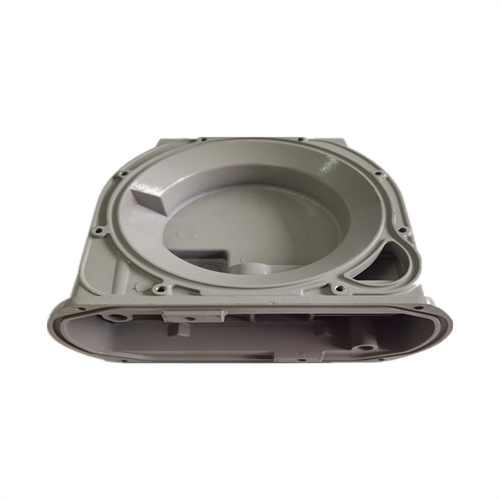Some examples of die casting parts used for air-tight elements
2023-10-16
Air-tight elements are components used in various applications where a high level of sealing is required to prevent the leakage of air or gases. Die casting can be an effective manufacturing method for producing air-tight element parts due to its ability to create complex shapes with tight tolerances. Here are some examples of die casting parts used for air-tight elements:
1. Valve bodies: Die casting is commonly used to manufacture valve bodies for air-tight valves. Valve bodies are critical components that control the flow of air or gases by opening and closing passages. Die casting allows for precise and intricate designs, ensuring a tight seal when the valve is closed.
2. Sealing plates: Sealing plates are used to create a barrier between two surfaces and prevent the leakage of air or gases. Die casting can produce sealing plates with intricate patterns and tight tolerances, ensuring an effective seal.
3. Manifold blocks: Manifold blocks are used in pneumatic and hydraulic systems to distribute air or fluids to various components. Die casting can be employed to manufacture manifold blocks with multiple channels and precise sealing surfaces to maintain air-tightness.
4. Housing and covers: Die casting is commonly used to produce housings and covers for air-tight enclosures. These components provide protection and containment for sensitive equipment or systems that require a sealed environment.
5. Connectors and fittings: Air-tight connectors and fittings are crucial for joining different components or sections of a system without air or gas leakage. Die casting can be used to create connectors and fittings with precise threads, sealing surfaces, and intricate shapes to ensure an air-tight connection.
The specific design and features of die casting parts for air-tight elements will depend on the intended application and the requirements for sealing. Manufacturers may employ different materials, surface treatments, and additional measures to enhance the air-tightness of these parts.



